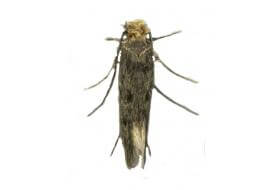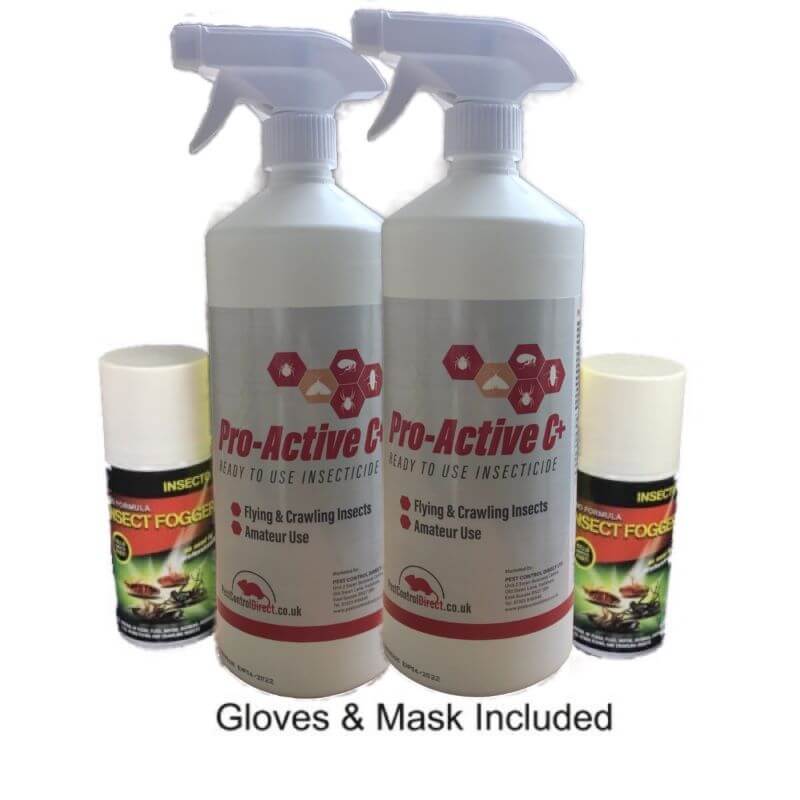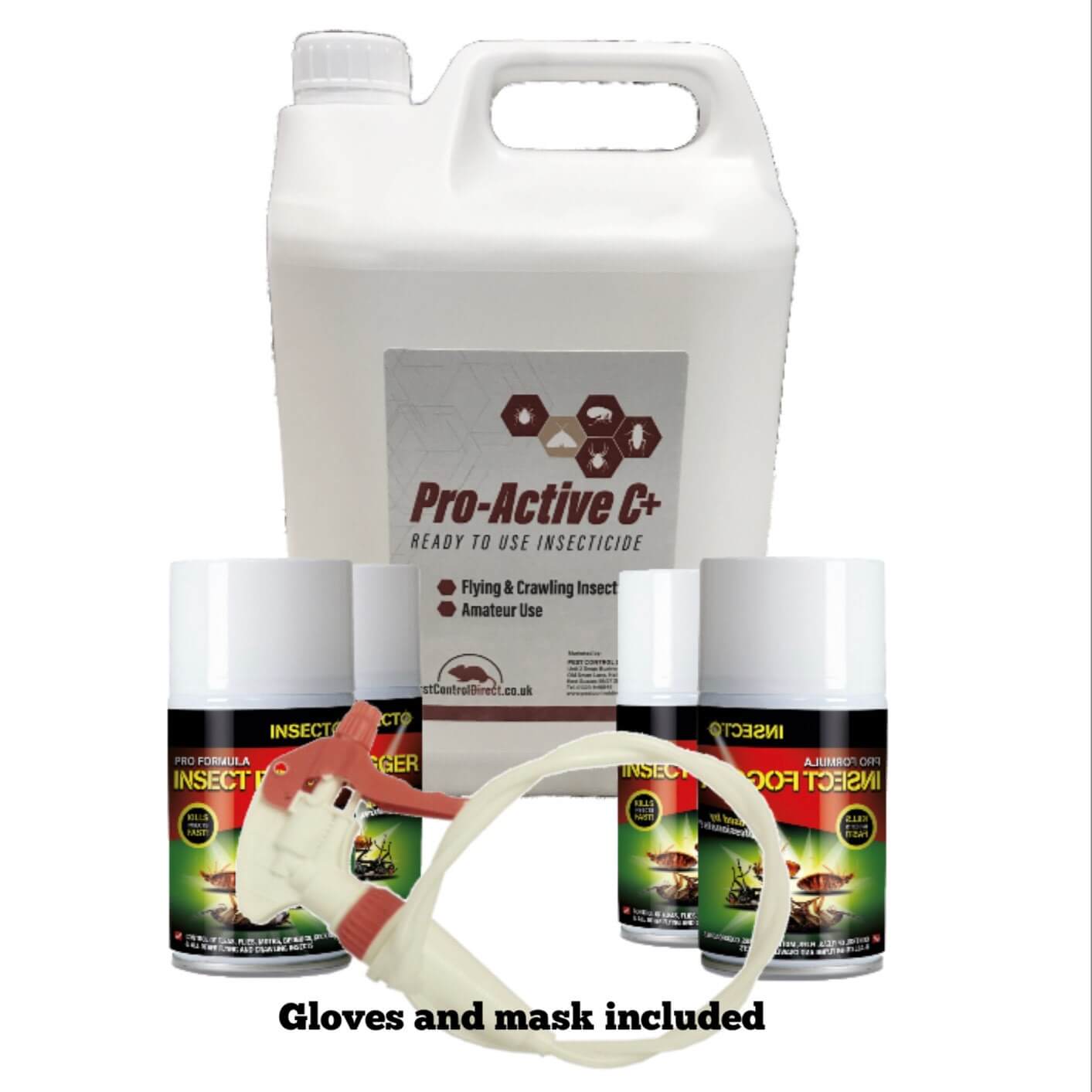What does the Case Making Carpet Moth look like?
Case Making Carpet Moth (Tinea pellionella)
 The adult case-making carpet moth has a wingspan of 15 – 17 mm. The head is covered in spiky scales. The forewings are pale brownish-grey with vague dark spots. The forewing may have 3 or more dark spots. The hind wings are pale and fringed with long hairs. Both wings are narrow. The adult does not feed on the carpet. The adult can fly. They are short-lived.
The adult case-making carpet moth has a wingspan of 15 – 17 mm. The head is covered in spiky scales. The forewings are pale brownish-grey with vague dark spots. The forewing may have 3 or more dark spots. The hind wings are pale and fringed with long hairs. Both wings are narrow. The adult does not feed on the carpet. The adult can fly. They are short-lived.
Treatment Method for Case Making Carpet Moth
This moth is highly destructive and often astounds the homeowner with the extent of damage caused.
The Case Bearing Carpet Moth will normally attack high wool content carpets although will not restrict itself to this food source, it can also feed on clothing and cereal products.
Generally, this moth can be found around the edges of the carpet and more particularly under furniture, even furniture that is directly placed on the floor ie: with no legs
The most effective method of treatment is to spray the affected carpeting with a water-based insecticide such as Pro-Active C comes in a 1 litre ready to use trigger spray to kill moths or we also offer the 5-litre containers of moth killer spray. For a belt and braces job, you may wish to also lift the edges of the affected carpet and spray the back of the carpet, as the casemaking clothes moth may chew the knots holding the pile onto the backing material or even feed on the backing material if it comprises of natural fibres. You can also use moth killer dust under the carpet and furniture such as Smite (diatomaceous earth). Smite is very long-lasting if kept dry, and up to ten years of moth killing ability can be expected This dust is a natural product and therefore is very safe, although we suggest a mask when using, as it will dry the nasal passages rapidly if inhaled.
There are differing views as to what area you need to apply insecticide when dealing with Case Making Carpet Moth, generally, treatment around the edges of a room and under any furniture will suffice. By “edges of the room” we mean to treat a band approximately 500mm wideout from the skirtings. This treatment will last around 3 months, re-apply if necessary.
External walls are the most high-risk area as the carpet abutting external walls is generally of a higher moisture content, which the moth prefers over a totally dry carpet!
Carpet Moth Treatment Pack 1
The Carpet Moth (tinnea pelliona) Pack contains all you need to control the Case Making Carpet Moth in a single room.
Contains:
2 x 1litre Pro-Active C+
2 x Insecto Pro Formula Foggers
Glove, mask and advice sheet.
Depending on the size of the room this pack will easily be sufficient to treat an average lounge against carpet moth or two smaller rooms such as bedrooms or dining rooms.

Carpet Moth Treament Pack 2
Carpet Moth Pack 2 is siutable for the larger Case Bearing Carpet Moth problem.
Contains:
1 x 5 Litre Pro-Active C+ spray to kill moths, with a hose and trigger spray
4 x Pro-Formula Foggers
4 x pairs disposable gloves. mask and advice sheet.
Should be enough in this pack to tackle most Carpet Moth outbreaks in the average sized house.
Frequently Asked Questions About Moth Control
Signs of a moth infestation include seeing live or dead moths, finding moth eggs or larvae, or noticing small holes or damage to fabrics.
Moths can enter homes through open doors and windows, or through small openings or cracks in the walls, floors, or foundation. They may also be attracted to sources of food or shelter.
To prevent moths from entering your home, keep doors and windows closed or screened, seal any potential entry points, and remove any sources of food or shelter. Store clothes and fabrics in airtight containers or bags and keep them clean and free of food stains or odors.
If you have a moth infestation, it is recommended to contact a pest control professional for assistance. Moths can be difficult to control once an infestation has occurred and can cause damage to fabrics and clothing.
Moths do not typically carry diseases that can be transmitted to humans. However, they can cause damage to fabrics and clothing.
To get rid of moths, it is recommended to contact a pest control professional who can identify and eliminate the problem using a variety of methods, such as traps, pesticides, and mechanical removal.
Moths are not generally dangerous, but they can cause damage to fabrics and clothing. Some individuals may also have allergic reactions to moth scales or dust.
To prevent moths from returning, it is important to continue to seal entry points, store clothes and fabrics properly, and maintain a clean and clutter-free environment. Regular inspections and preventive measures can help to reduce the risk of a moth infestation.
While there are some home remedies that may help to deter moths, such as using essential oils or cedar chips, they are generally not effective at completely eliminating an infestation. It is recommended to contact a pest control professional for the most effective solution.

